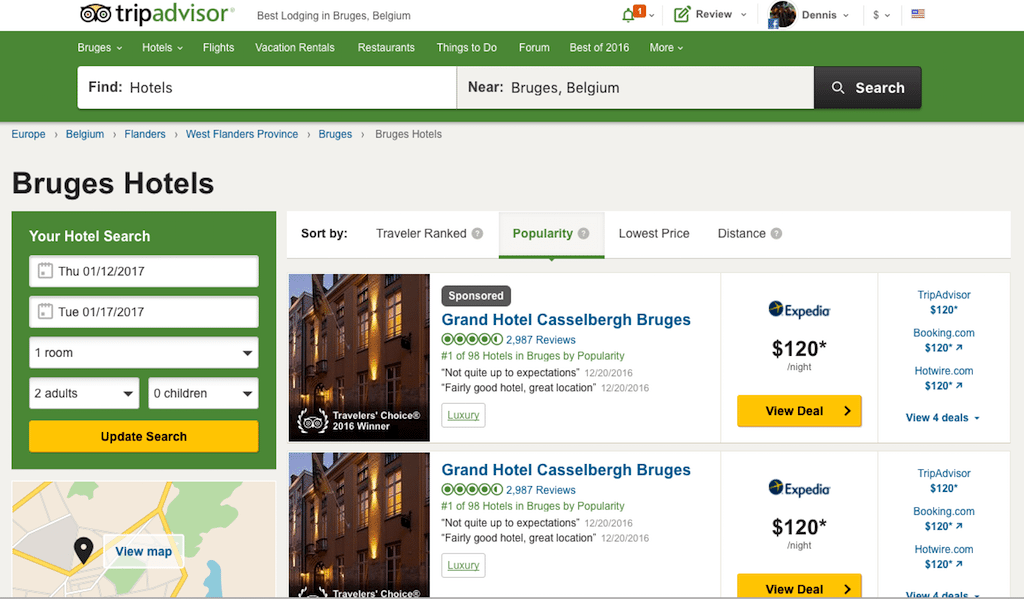TripAdvisor Instant Booking: Testing, Learning and Confusing

Skift Take
Operators of online travel websites, if they know what they are doing, never finish testing and learning, and always consider their products works in progress. TripAdvisor officials are obviously in no hurry to settle Instant Booking into a consistent user interface that won't confuse the hell out of consumers because they want to perfect it first. Public company or not, they are in no rush despite investor impatience.
Consider the scenario that you are a loyal TripAdvisor user, always scoping out its consumer reviews of hotels before choosing where to stay, and you've even booked a hotel on TripAdvisor without leaving the site or app using what the company refers to as Instant Booking.
Comparison-shopping using metasearch sites or features such as on TripAdvisor, Kayak, Google or Hipmunk can be confusing enough for consumers who often think they booked on Kayak when they clicked a link and actually booked through Booking.com or Hilton.
But the loyal TripAdvisor user who wants to book on TripAdvisor -- let alone the consumers who have no clue where they are booking when clicking around metasearch sites -- could have a dizzying experience trying to find the TripAdvisor booking option because it is presented in a divergent way, each time they return.
And the book on TripAdvisor option, which most of the time isn't branded as such in initial search results, even varies from hotel listing to hotel listing.
TripAdvisor's stock price has been halved over the last year and was trading in late December at around $46 per share, just above its 52-week low, as it labors to get the Instant Booking feature humming even as the company just had a big win in drawing Expedia into the fold.
TripAdvisor's goal is to retain metasearch and the click-based revenue it generates, but to transform itself into more of a booking site. Becoming a book sit

